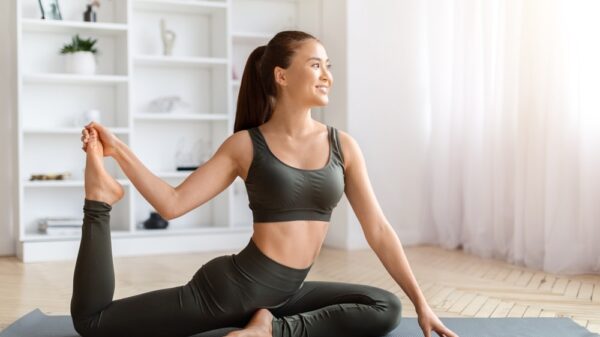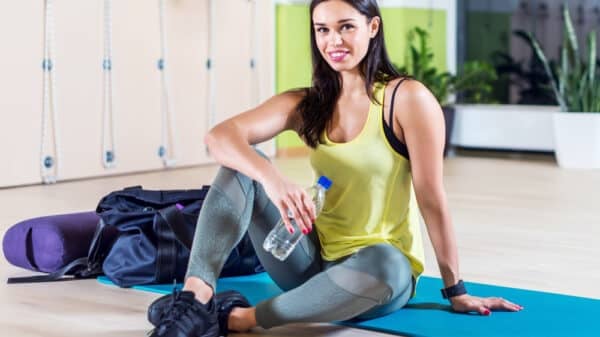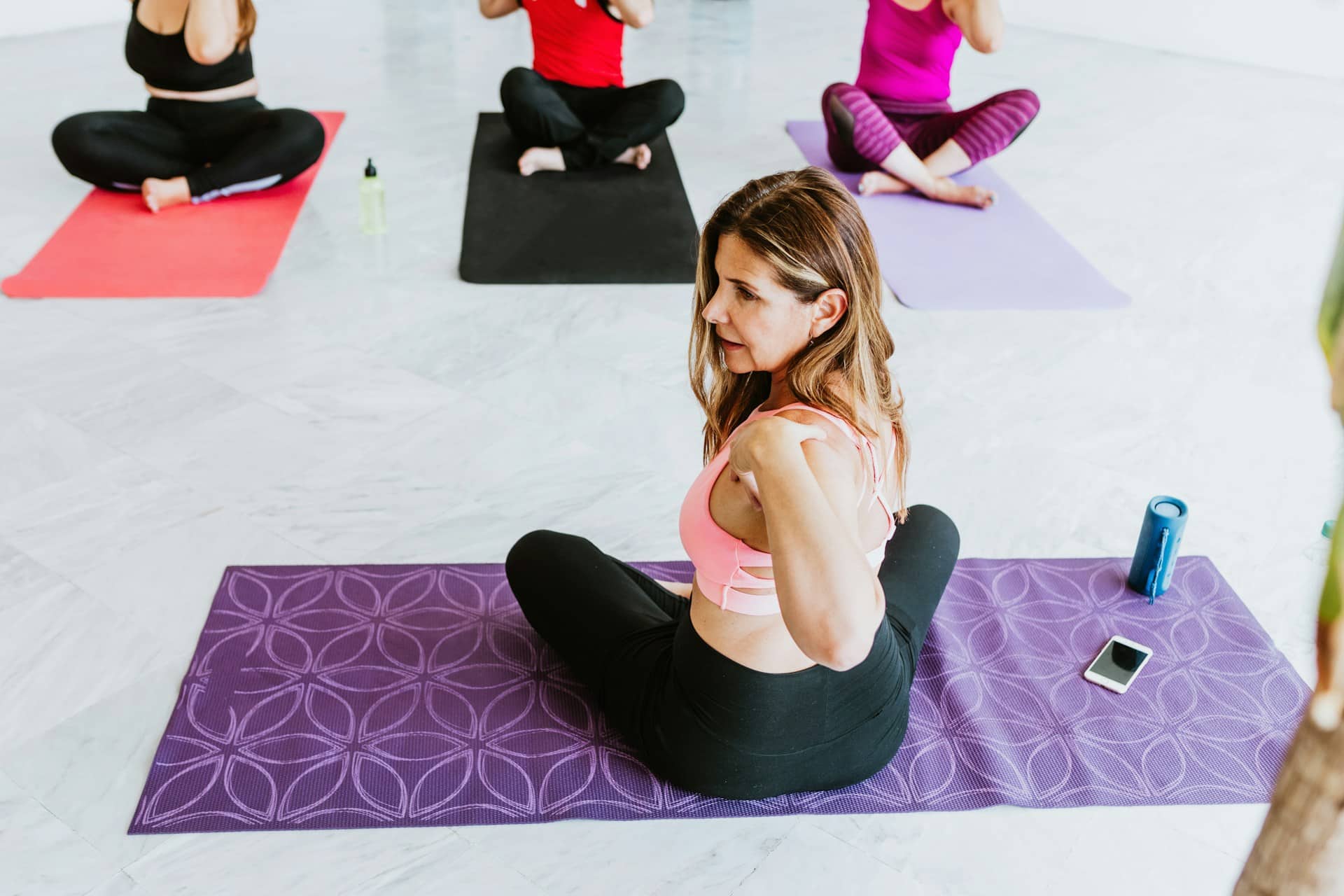Understanding your shoulder anatomy enhances your workout effectiveness.
The shoulder is a remarkable structure, serving as the most mobile joint in the body. It allows a wide range of movements crucial for daily tasks, from reaching for items to lifting weights. Prioritizing shoulder workouts benefits everyone, especially women seeking improved functionality and aesthetics.
The shoulder’s flexibility allows for diverse movements:
– Adduction: Bringing your arm back toward the body.
– Abduction: Moving your arm away from your body.
– Flexion: Raising your arm forward.
– Extension: Moving your arm backward.
– Elevation: Lifting your arm up.
– Depression: Lowering your arm.
– Internal and External Rotation: Rotating your arm toward or away from your body.
Despite its incredible mobility, the shoulder’s complexity increases the risk of injury. Conditions like rotator cuff tears can significantly impact daily life. Regular shoulder workouts can prevent these issues, enhancing both strength and stability.
Engaging in targeted shoulder exercises not only fortifies your muscles but also contributes to a toned and sculpted upper body. Understanding shoulder anatomy is essential for both function and appearance.
Anatomy and Function of the Shoulder
The shoulder is composed of several integral components, including ligaments, tendons, and muscles. This structure promotes mobility but can also lead to instability. Its support relies heavily on surrounding tissues, which can suffer from wear over time, leading to discomfort and decreased mobility.
Key anatomical elements include:
– Bones: The humerus (upper arm), scapula (shoulder blade), and clavicle (collarbone).
– Cartilage: Smooth cartilage on joint surfaces aids movement.
– Muscles: Important muscles include teres minor, infraspinatus, supraspinatus, and subscapularis.
– Rotator Cuff: Ligaments and tendons that connect the upper arm to the shoulder blade.
Taking care of your shoulders is paramount for injury prevention and overall functionality.
Essential Shoulder Exercises for Women
To strengthen and enhance shoulder flexibility, incorporate a variety of exercises that target different muscle groups. This approach maximizes efficiency and effectiveness. Suitable workouts can seamlessly fit into various fitness regimens like interval training, CrossFit, or yoga.
Key exercises include:
– Variations of planks
– Push-up variations
– Rows
– Overhead presses
– Shoulder lifts
– Dumbbell flys
– TRX push-ups
Prioritize dynamic stretches before workouts to prepare your muscles and prevent injuries. Effective stretches include:
– Arm circles and swings
– Overhead stretches
– Crossover stretches
– Shoulder-back rotations with a stick or towel
Creating Your Shoulder Workout
Develop a workout routine that matches your fitness level by focusing on the following strategies:
1. Variation: Alternate shoulder exercises with moves that engage other muscle groups to prevent fatigue.
2. Sets and Reps: Aim for 2 to 3 sets of 4 to 8 reps, adjusting as you progress with weights.
3. Rest Periods: Allow 30 seconds between sets to recover.
4. Start Light: Beginners should use lighter weights (5 to 10 pounds) and focus on form.
5. Consistency: Aim to perform your shoulder workouts 2 to 3 times weekly, allowing for recovery.
Beginner-Friendly Shoulder Workouts
For those new to shoulder workouts, focus on 2 to 3 sets with 8 to 10 repetitions of each exercise:
– Planks: Hold for 30 to 90 seconds.
– Yoga Poses: Engage in poses like Downward Facing Dog and Upward Dog.
– Basic Push-Ups: Repeat 5 or more times.
– Dumbbell Flys: Aim for 10 to 12 reps.
– Cable Pulls: Perform 10 to 12 repetitions.
Advanced Shoulder Workouts for Active Women
For those with athletic backgrounds, aim for moderate reps (8 to 12) to preserve strength and add definition:
Every workout builds on your fitness journey. Maintain focus on quality rather than quantity. Use challenging yet manageable weights, completing 2 to 3 sets for each exercise.
Celebrate your progress, no matter how small, understanding that each step takes you closer to your goals. You are more capable than you realize.
































